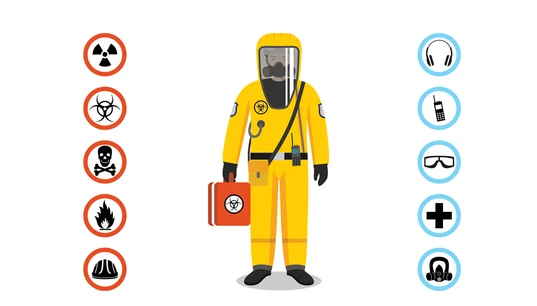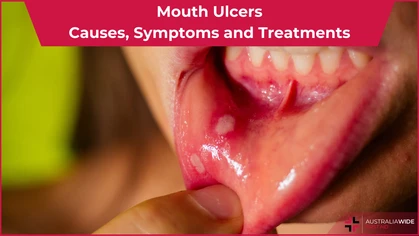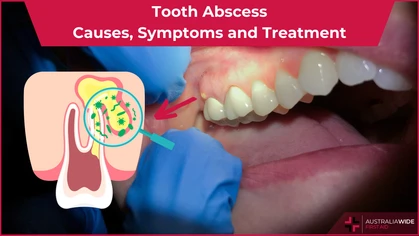5 Common Workplace Hazards

General Health-Related

Signage alerting people to biological hazards in the workplace
A safe work environment is one of the most important factors affecting employee happiness and productivity. Most of us spend a huge amount of our time in the workplace and laws have been enacted to ensure health and safety risks are minimised as much as possible. It is the employers’ obligation to satisfy the legal requirements. In this article, we’ll look at effective approaches to managing some of the more common workplace hazards.1. Ergonomic Hazards

- Prevention through awareness and training
- Invest in ergonomically-designed assistive devices
- Eliminate or reduce repetitive tasks
- Rotate tasks so employees get a break from repetitive tasks
2. Safety Hazards
Safety hazards can be anything that could lead to injury, illness, or death. Typically this includes objects or environments that could cause injuries, spills, trips, and falls, such as untidy cables and cords, and machinery that a worker might accidentally sustain injuries from. Working at heights is also considered hazardous. Workplace safety strategy:- Conduct a thorough risk assessment — the first step toward finding solutions
- Keep potentially hazardous equipment accounted for and stored properly when not in use
- Install guardrails, especially in elevated work areas
- First aid courses for designated employees
3. Biological hazards

- Invest in proper working clothes (PPE)
- Train and educate staff in appropriate cleanliness and sanitation practices
- Put procedures in place for isolating sick or contaminated individuals, animals, and objects
- Implement an effective disease prevention plan
- Encourage healthy lifestyles and diets for employees

Illustration of workers wearing hazmat protection against chemical hazards in the workplace
4. Chemical Hazards
Workers can be exposed to chemical hazards if the workplace deals with the preparation or handling of chemicals. This includes cleaning products, paint, pesticides, gases such as carbon monoxide and helium, flammable items such as fuels, oils, and welding fumes. Workplace safety strategy:- Invest in protective clothing, including gas masks if needed
- Educate workers on the effects of hazardous chemicals
- Have equipment regularly maintained
- Put up signs or labels for dangerous substances or work areas

Work Organisational Hazards illustration showing compassion leads to success"
5. Work Organisation Hazards
A work organisation hazard is a workplace environment that causes stress. This can include unfair workloads, poor employee relationships, sexual harassment, violence, lack of work flexibility, lack of respect in the workplace, and employees feeling like they have no control or say about work-related matters. Workplace safety strategy:- Encourage open communication between managers and workers
- Provide a discreet way for employees to report problems in the workplace
- Practise workplace equality
- Hold meetings that highlight the importance of respect and accountability
- Make sure all personnel understand the consequences of physical abuse and sexual harassment
- Improve office relationships through team-building retreats or activities
- Ensure that employees know and feel that their opinions matter
- Maintain a fair policy for employee promotion
Focus on Prevention
Reducing or eliminating workplace hazards might sound like a costly exercise for a business owner, but it is, without doubt, a worthwhile investment. In fact, many workplaces now employ industrial hygienists, professionals who assess and control hazards in the workplace and public space that could cause injury or illness. Absenteeism is reduced when there are fewer hazards, work-related illnesses, injuries, and stresses. Litigation also becomes an expensive probability when workplace hazards are ignored. Employees are the lifeblood of any business. And healthy, safe employees are happier, more focused and more productive. Better yet, walk the walk instead of just talking the talk. Our fully-online Manual Handling course gives you just that. From your desk or the comfort of your own home, gain the knowledge and skills you need to make sure everyone in your workplace gets home safely at the end of each day.
Originally published at
https://www.australiawidefirstaid.com.au/resources/5-common-workplace-hazards
as part of the Australia Wide First Aid Articles Library









